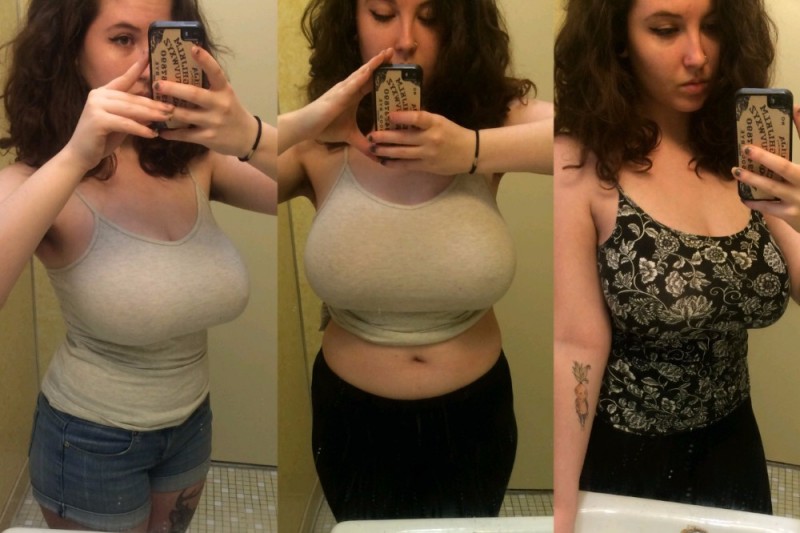Look Better, Feel Better After Plastic Surgery
Have you been concerned about going under the knife? There’s nothing to worry when you’re working with accomplished plastic surgeons. There are myths about plastic surgery, but most times, it’s for the better.
Plastic surgery includes surgical and nonsurgical procedures. The surgeries enhance and reshape your body structures to improve chisel your appearance and boost confidence levels. Healthy individuals with positive attitudes and realistic expectations are the right candidates for cosmetic procedures. Cosmetic surgery could be performed on your face, breast, body, and whichever areas you think needs attention.

You’ll find four general categories of cosmetic surgery in Plastic surgury Sydney that’s performed on the breasts – mammoplasty. This includes breast augmentation, breast reduction, breast reconstruction, and breast lift.
Enhance your breast to suit your comfort and appearance
Breast augmentation is carried out to enhance the appearance, size, and contour of a woman’s breast. Women consider breast augmentation for different reasons, since some find their breasts to be too small. A number of women choose breast augmentation when their breasts undergo changes post pregnancy.
Many others wish to correct an asymmetry in their breast sizes. Augmentation is performed with implants that are placed under the chest muscles. The incision is placed in the axilla or armpit, areola – the area adjacent to the nipple, or lower breast fold. Breast augmentations are minimally invasive procedures, an endoscope may be used in the procedure.
Get your confidence back with breast reduction

Breast reduction surgery is often used in women with large and heavy breasts. Women, who are top heavy, experience significant discomfort, like neck pain, back pain, and numbness, or weakness. During breast reduction, excess fat, skin, and breast tissues are removed.
After surgery, breast reduction can cause a change in breast sensation, and breastfeeding might be a concern as well. Once the surgery is over, you’ll feel renewed, and adopt a more confident personality.
Breast reconstruction options post breast cancer
Breast reconstruction is recommended for those who have been through a mastectomy because of breast cancer. This procedure helps recreate breasts for the desired appearance, shape, and volume. The nipples and areolas can also be reconstructed.
Normal breast sensations and breast functioning don’t return when the sensory nerves or milk glands are removed or injured. The breast appearance, delineation, and volume can be restored using implants or with body’s own tissues. If an implant is used, it’s sized to match the opposite breast.
A breast can be reconstructed using a woman’s own tissue – autologous. Sometimes, segments of the lower abdominal wall are used. The other tissue options for autologous reconstruction are back muscles and buttock muscles.
Uplift your breast with mastopexy
In some women, the skin is not strong or resilient enough to support the weight of the breast, causing the breasts to sag. This condition is called as ptosis, where the skin is compared to breast tissues. The excess skin is removed to give the breast a lift. You can find there are several surgical techniques used, including:
a) Wise pattern – The incision is in the shape of an anchor, inserted around your chest and below your breast.
b) LeJeour – here the incision goes around your areola
c) Donut or periareolar – the incision is placed around the areola
This surgery procedure involves some degree of permanent scarring, but few products may help you minimize the appearance of scars.
Risks and safety know-hows
The decision to have plastic surgery is personal. You’ve to decide if the benefits will help you achieve your goals, and if potential complications of the surgery are acceptable. You’ll be asked to sign consent forms to ensure that you’ve understood the procedure and complications.

The breast lift risk factor includes:
• Anesthesia risks
• Blood loss or hematoma formation
• Infection
• Changes in nipple and breast sensation, which may be temporary or permanent
• Breast contour and shape irregularities
• Breast asymmetry
• Fatty tissue found deep in the skin might die (fat necrosis)
• Fluid accumulation
• Potential partial or total loss of nipple and areola
• Deep vein thrombosis, cardiac, and pulmonary complications
The risks will be discussed prior to your consent. It’s important that you address all of your questions directly with your plastic surgeon.
Prepare appropriately for breast lift surgery
In preparing for breast lift surgery, you may be asked to:
• Get a lab test or medical evaluation
• Take certain medications
• Get a mammogram before and after surgery to detect the changes in your breast tissue
• Stop smoking
• Avoid anti-inflammatory drugs and other supplements that can increase bleeding
• Arrange someone to drive you home after surgery, and stay with you a night before surgery